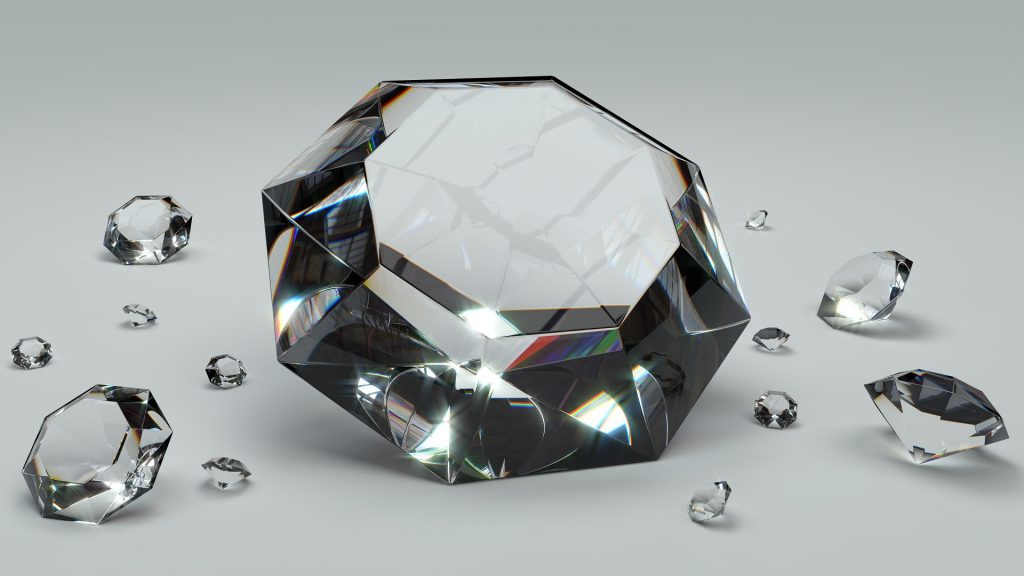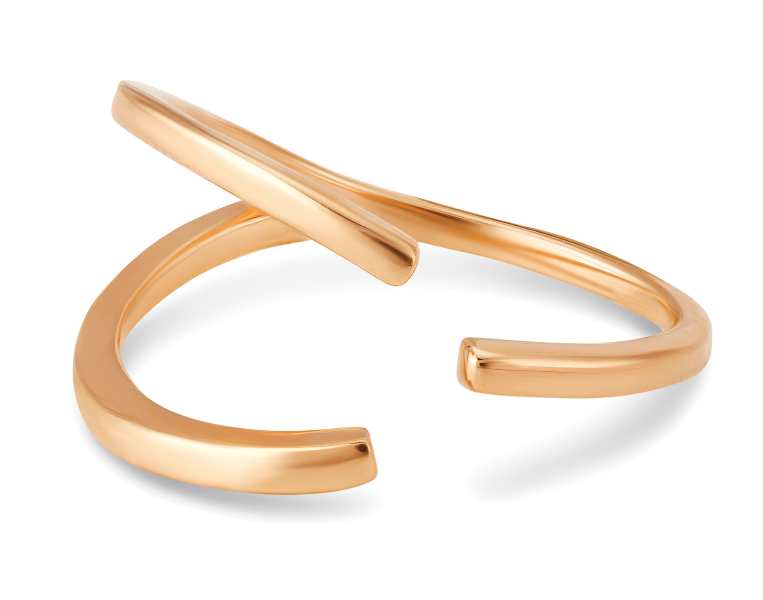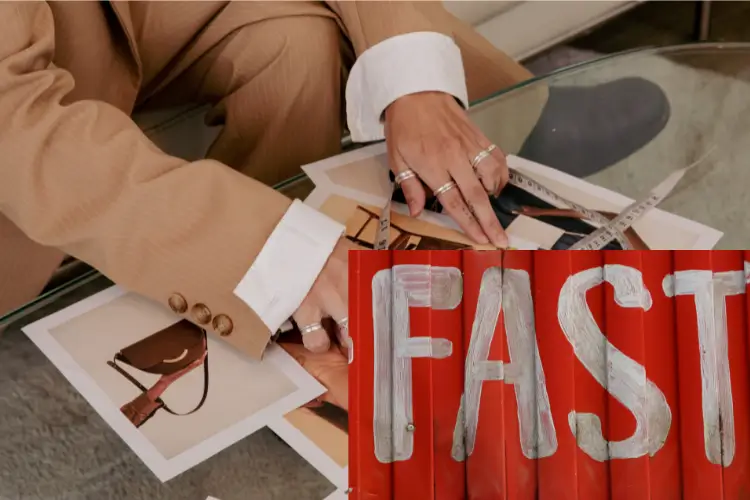Are you in the market for a beautiful yet affordable diamond, but don’t know where to start? Consider that the reasons for high prices stem from industry grading criteria that may have extraordinarily little bearing on the diamond itself’s aesthetic beauty, especially to the untrained eye. Very few customers would snub a convincing lab-created diamond vs. real diamond, or turn down a brilliant but smaller carat diamond for the right price.

Things You Should Know Before Purchasing a Diamond
What’s important to note is that flaws, according to industry standards, are often indiscernible, and choosing such a piece can save you thousands. Knowledge of the following attributes can help you find the perfect diamond at a reasonable price without compromising aesthetic quality.
Lower Clarity Can Save You a Bundle
The word ‘flaw’ may have a negative reputation but realize that GIA grading gets based on a 10x magnification of the diamond. Therefore, most flaws in diamonds go entirely unnoticed unless examined under a microscope. Opting for a higher clarity diamond could cost you up to $10,000 more than a diamond with a microscopic inclusion. Examine comparable low vs. high clarity diamonds in person to determine whether you feel the industry-grade difference is worth the difference in pricing.
Don’t Judge Size by Carats
It is a common misconception that carats refer to the physical size of the diamond. Carats refer to the weight of the diamond, which is not directly indicative of physical size. For example, a 130 lb. person can certainly be taller than a 150 lb. person because the weight in objects can get disbursed differently. Depending on the diamond’s cut and the set, some diamonds can look similar on the surface but have different weights, and therefore different prices.
To assess a diamond’s actual size, observe the measurements listed on its GIA certificate rather than eye-balling the diamond itself.
Consider the Importance of Shape
The most popular diamond shape is a round cut, followed by a princess cut, making them the most expensive. But both cuts have close alternatives (oval instead of round, and cushion cut in place of princess cut) that can save you up to 25%. Additionally, some oval cuts are wide enough to pass for a round cut in appearance.
In colored diamonds, the shape can affect the intensity of the color. Since it is harder to maintain a diamond’s color intensity in the popular round and princess cuts, this further increases their value. Therefore, colored diamonds are even more affordable in oval and cushion cuts than diamonds of equivalent intensity in the round and princess cuts. Apart from this, you can also add hearts and arrows diamond in your ring.
Color is Key
Diamond color is an essential consideration in both white and colored diamonds. In whites, the setting can affect the diamond color appearance. Mounting the diamond onto a yellow gold ring will cast a yellow tone onto the diamond; thus, it would be counterproductive to choose a premium D color diamond (meaning a white diamond with no yellow or brown tint) for a yellow gold setting. You can opt for a lower color (like H-M) instead. In platinum or white gold setting, aim for a diamond above G color.
As for colored diamonds, it’s helpful to know that many colors have a correlative color that is remarkably like the desired color but is often much cheaper. So, if your heart gets set on a particular color, consider its secondary “inferior” grade color as well, such as pink with a slight brown tint instead of a pure pink. The tint may be negligible, but the price difference will be dramatic.
Fluorescence is a Little Known Money-Saving Flaw
In the industry, fluorescence is considered a flaw and thereby reduces the price of the diamond. But unless the fluorescence is very pronounced, it is usually only observable under a UV lamp.
Interestingly, fluorescence can add to the beauty of white diamonds because it makes them appear slightly whiter. Thus, savvy buyers can purchase a lower color grade white diamond with high fluorescence, and they will end up with a much more cost-effective diamond that will appear to be of high quality to the untrained eye.
Setting Matters
Choose your craftsman carefully when designing your jewelry. A skilled setter should know how to maximize a diamond’s potential. If you’ve purchased a low clarity diamond, the setter can adjust the prongs to hide any inclusions. Smaller diamonds can appear larger with specific setting shapes. The right setting choice can also help increase the appearance of the diamond’s color intensity. For example, yellow diamonds get enhanced within yellow gold crowns or prongs, and a pink diamond’s hue gets intensified within a rose gold setting.
All points considered, you don’t need to settle for cheap diamonds or skimp on aesthetic quality to save money. You can still find beautiful yet affordable diamonds by shopping as an informed buyer.



